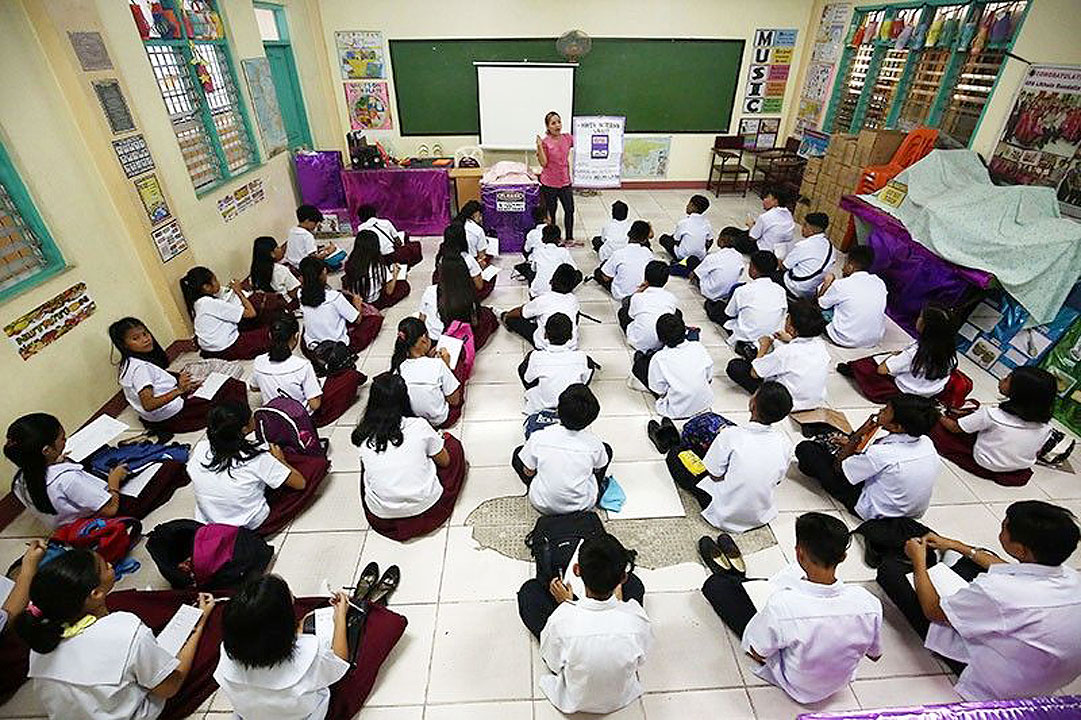
A LAWMAKER has filed House Bill No. 9162, the proposed Financial Literacy Education Act, in a bid to include financial literacy in the senior high school education curriculum.
“By integrating financial literacy into the education system, the proposed measure aims to equip students with the knowledge, skills, and attitudes necessary for informed financial decision-making, managing personal finances, and contributing to the nation’s economic development,” Cagayan De Oro City Rep. Lordan G. Suan said in the bill’s explanatory note.
If passed into law, students will be taught the basics of personal financial management, budgeting, saving, investing, credit and debit, insurance and taxes, as well as its application in real-life scenarios.
The Department of Education must consult with the Bangko Sentral ng Pilipinas (BSP) and the Department of Finance to develop a curriculum on financial literacy.
According to the BSP’s 2021 Financial Inclusion Survey, only 2% of Filipinos were able to answer all six basic financial literacy questions correctly, while 69% of adults correctly answered at least half of the questions.
The survey added that only 7% of respondents attended a financial literacy seminar.
Almost half of Filipino adults surveyed, especially in socioeconomic class E, “had difficulty in meeting their cost of living and were concerned that finances controlled their lives, and their savings won’t last.”
“The survey result is worrisome since some adult respondents have little to no idea of computing annual interest rates, and most respondents have a poor grasp on how interest works in savings and the effect of compounding interest,” Mr. Suan said.
In 2021, account ownership in class ABC (80%) was nearly twice the share of class E (44%). E-money was the most common type of account in socioeconomic classes C2, D and E, while classes A, B, and C1 mostly had bank accounts. — Beatriz Marie D. Cruz



